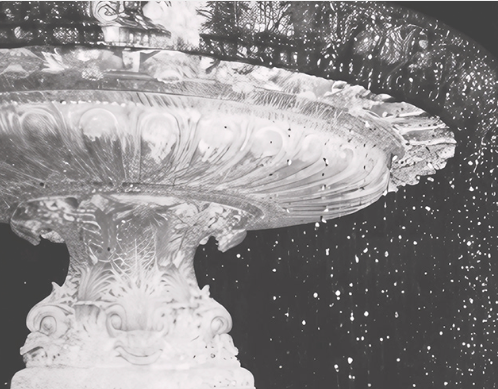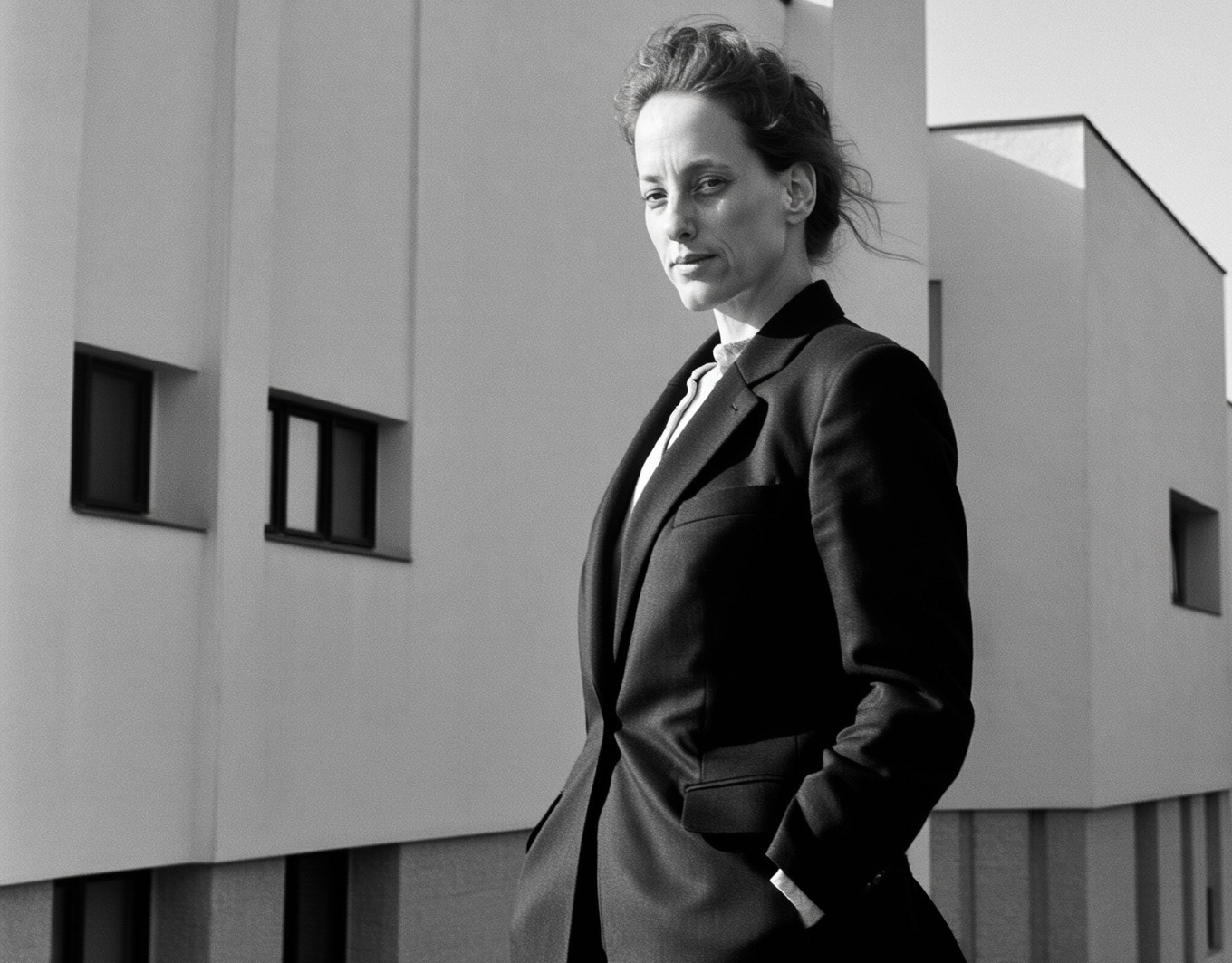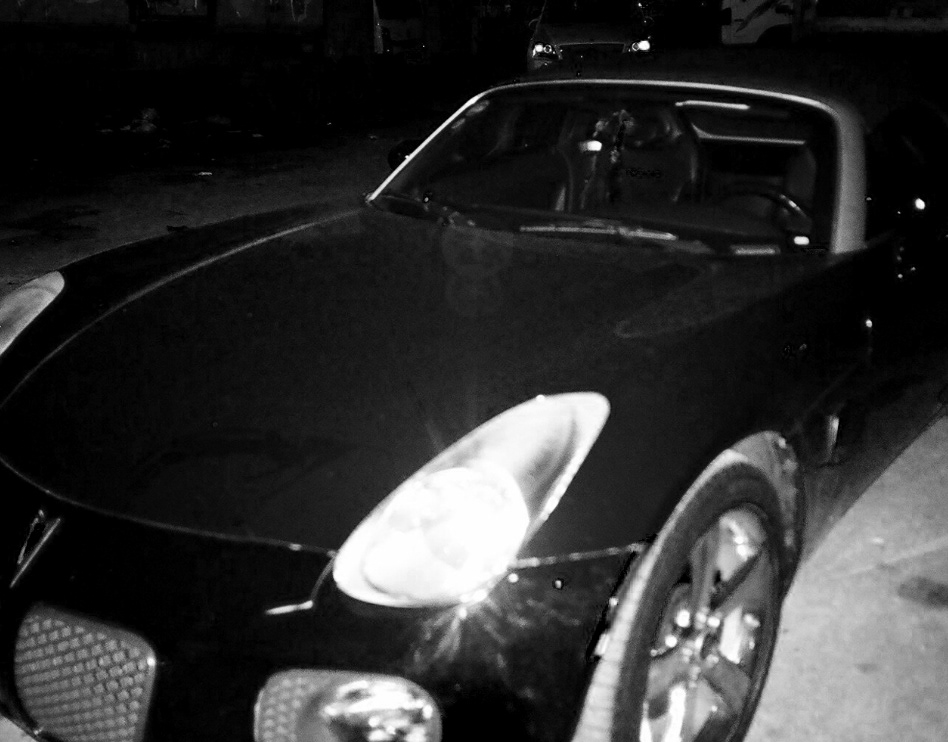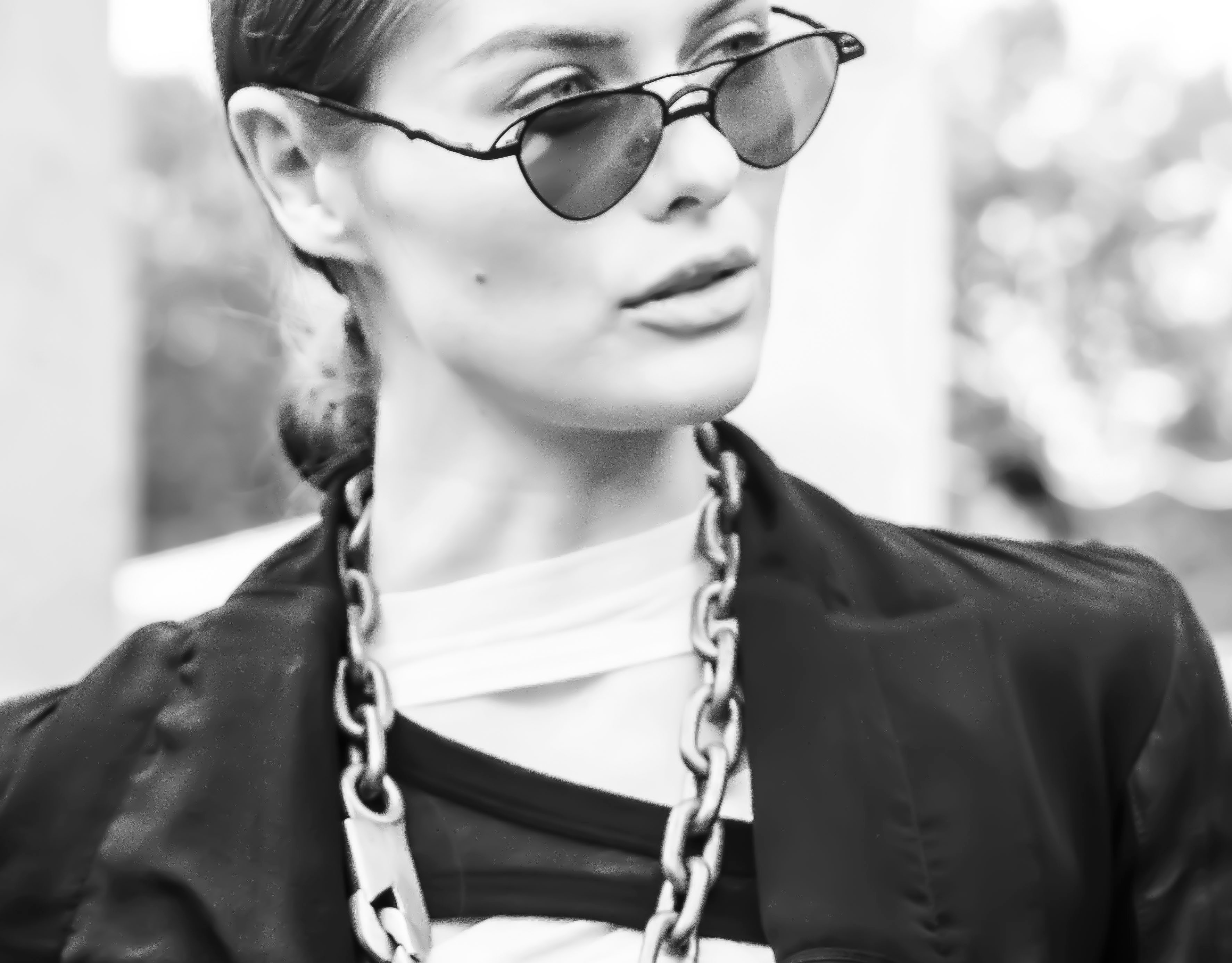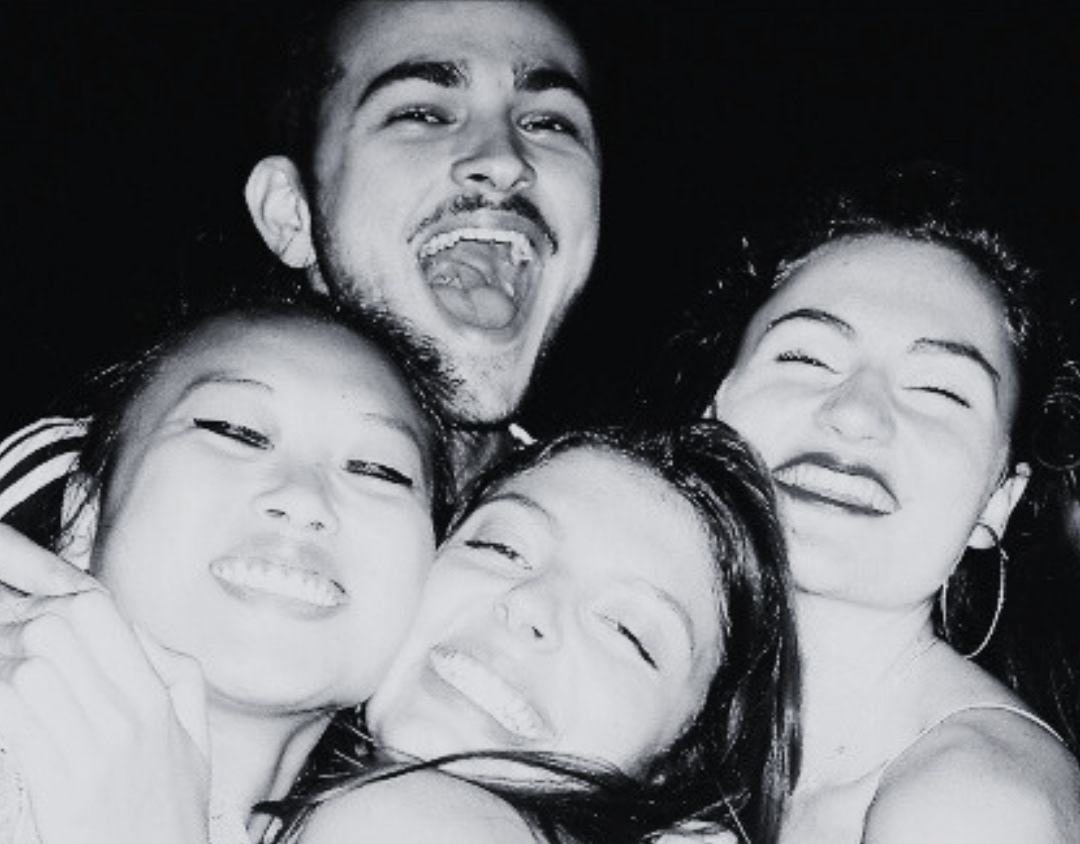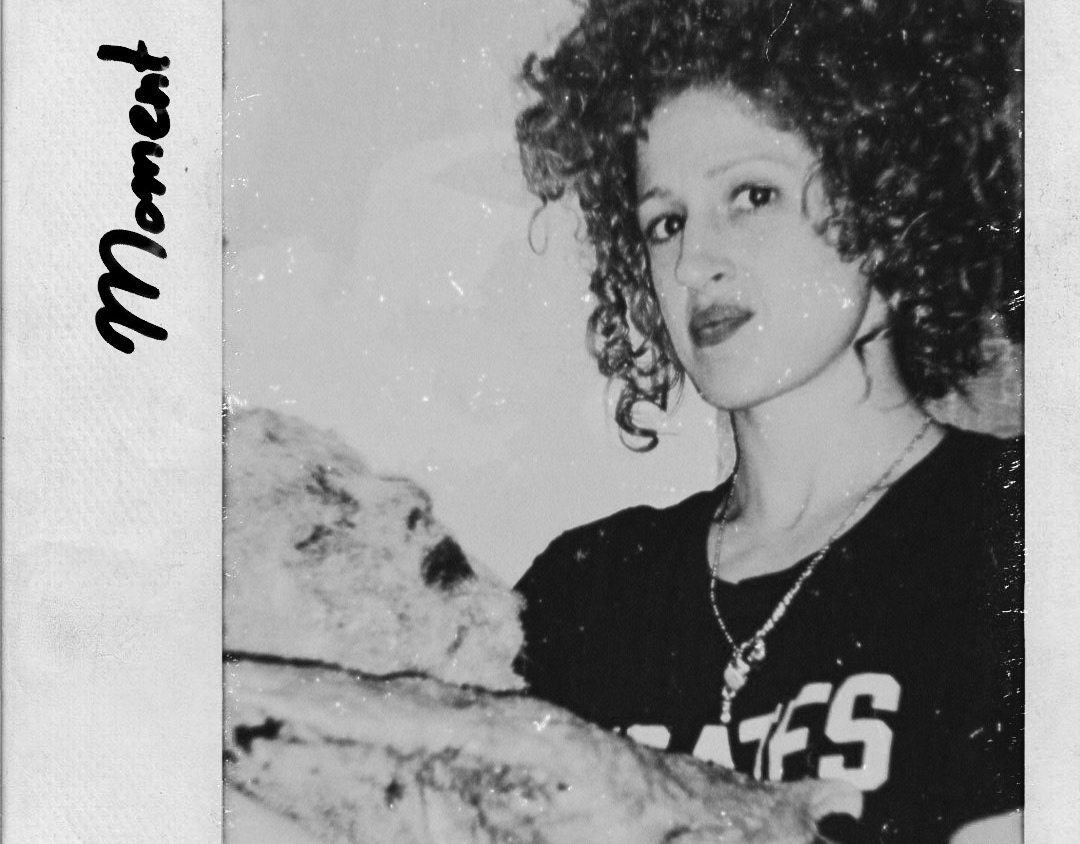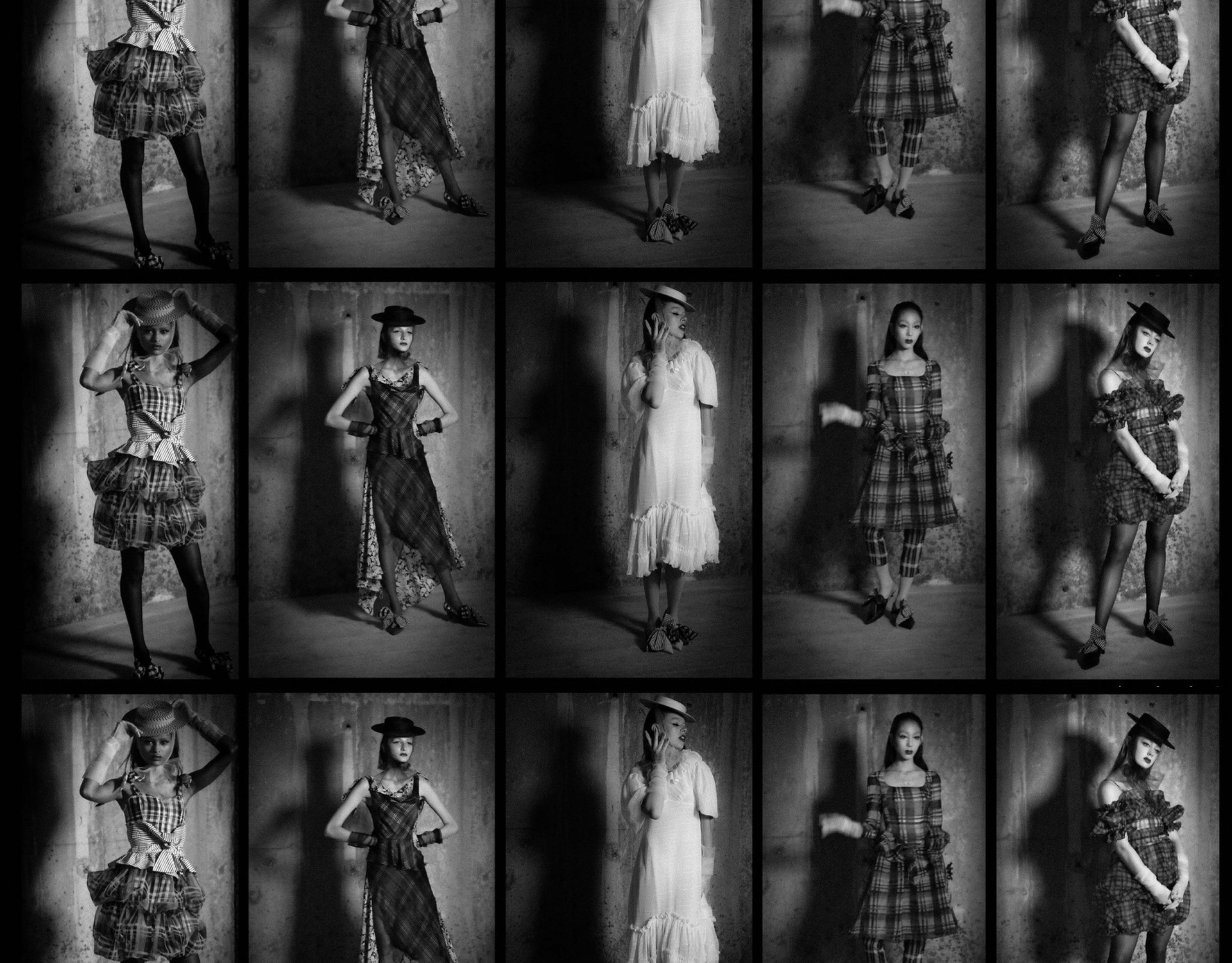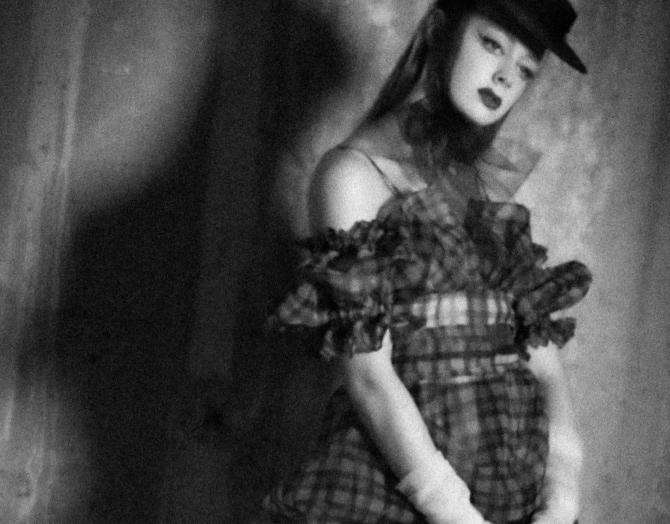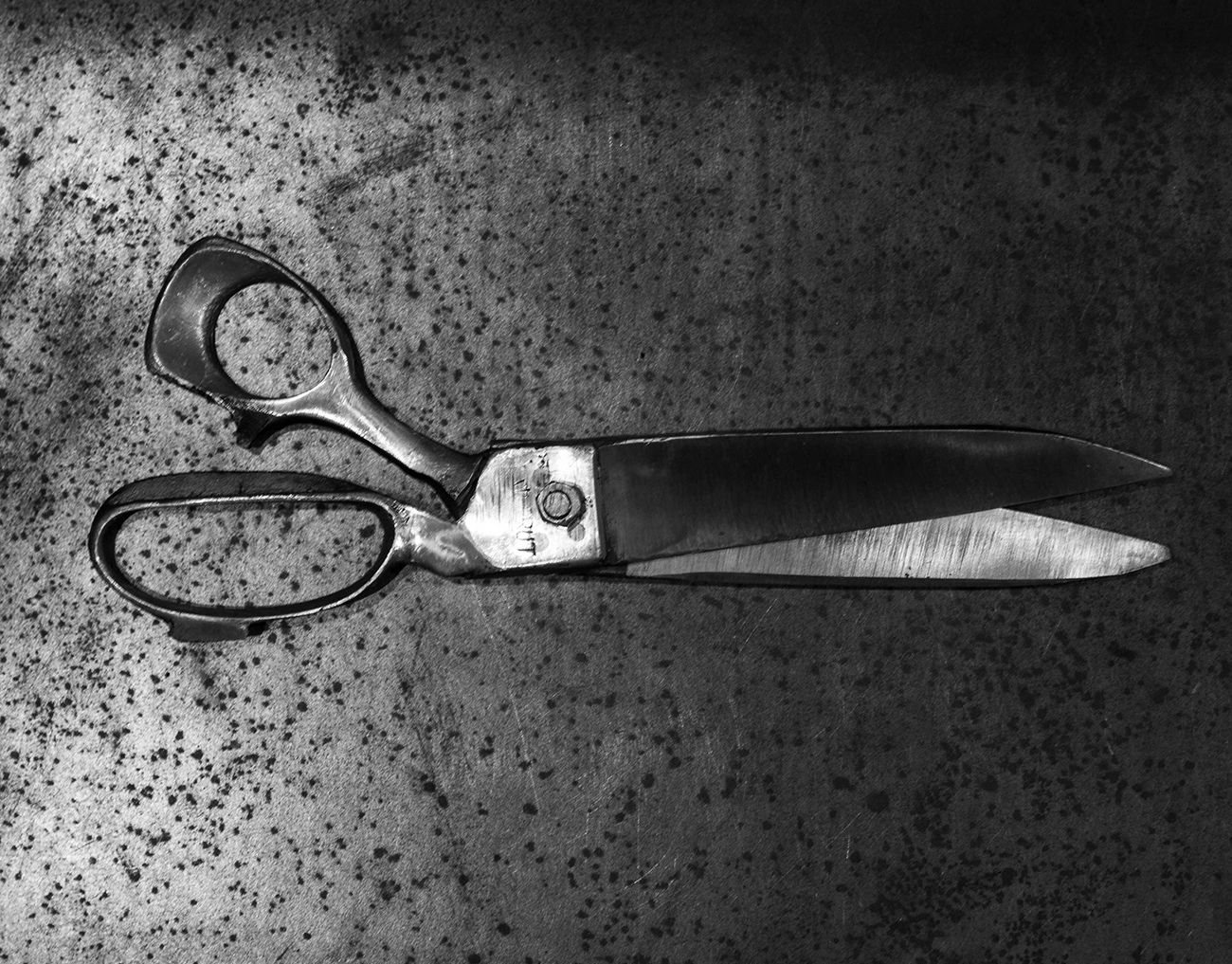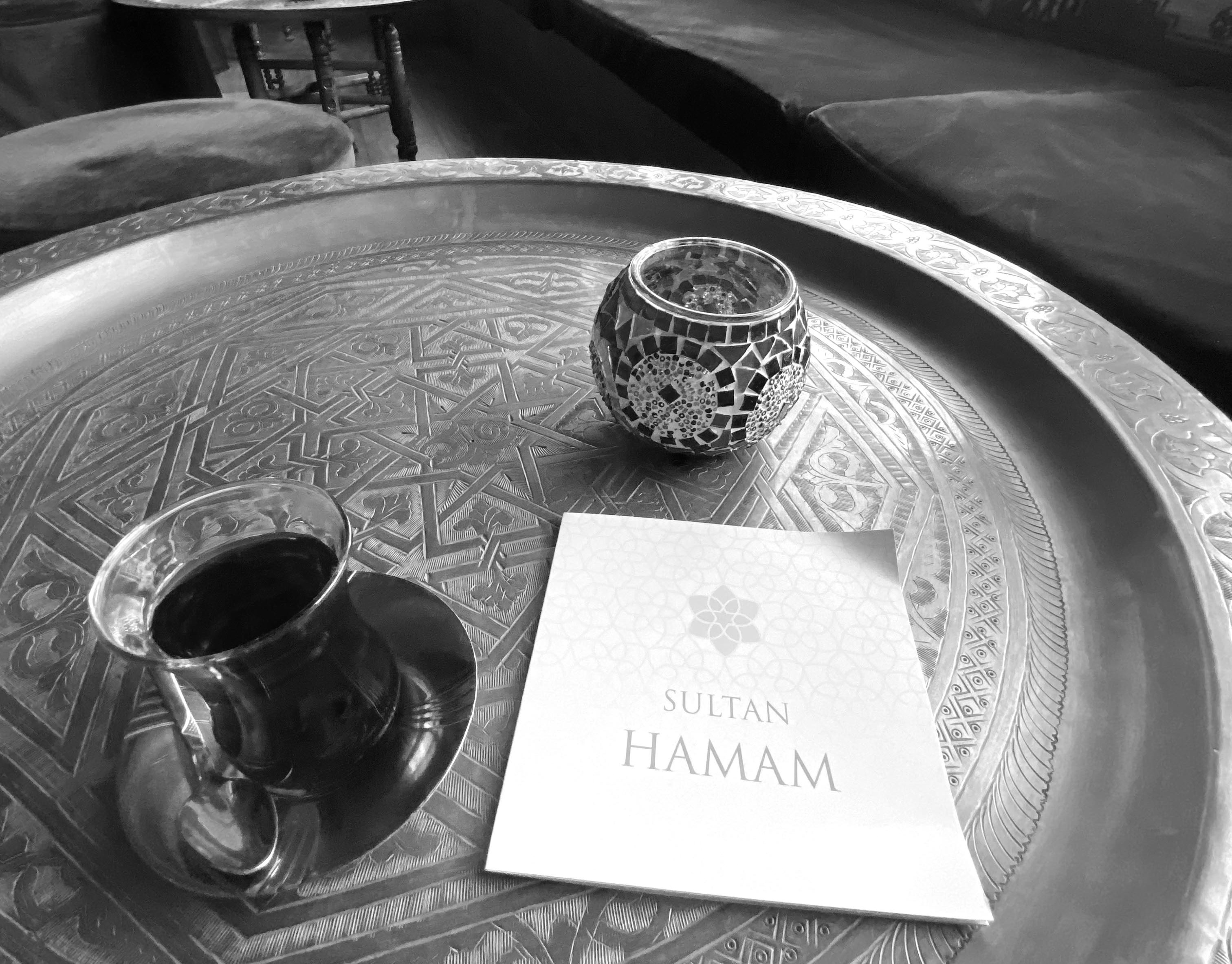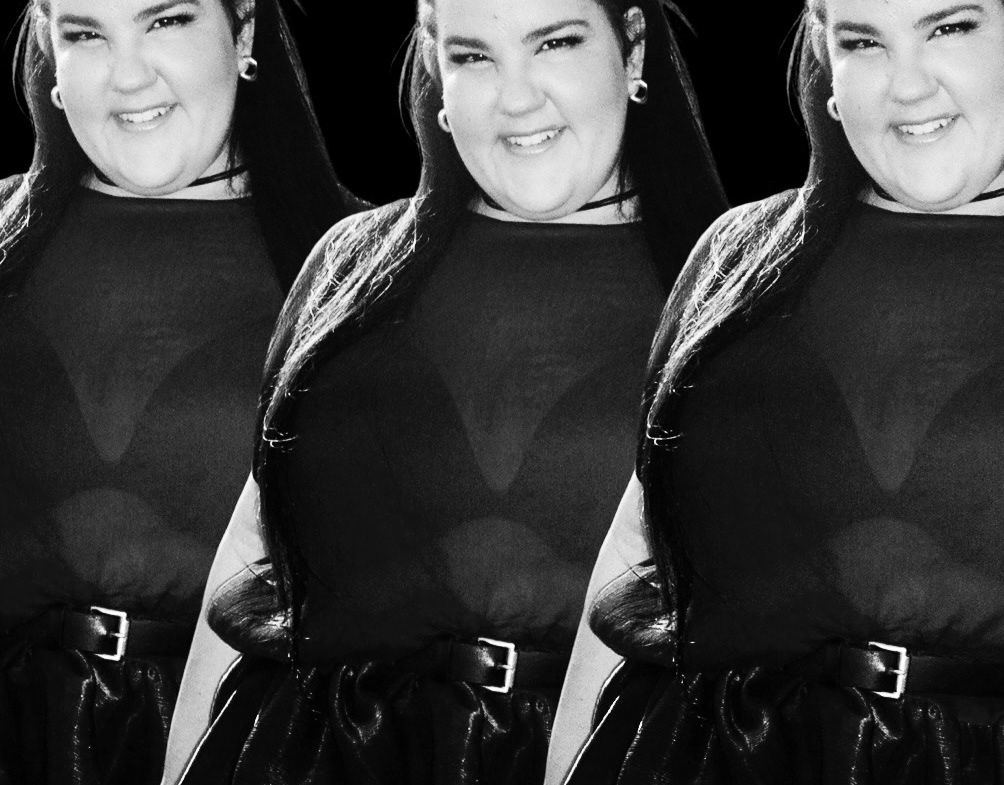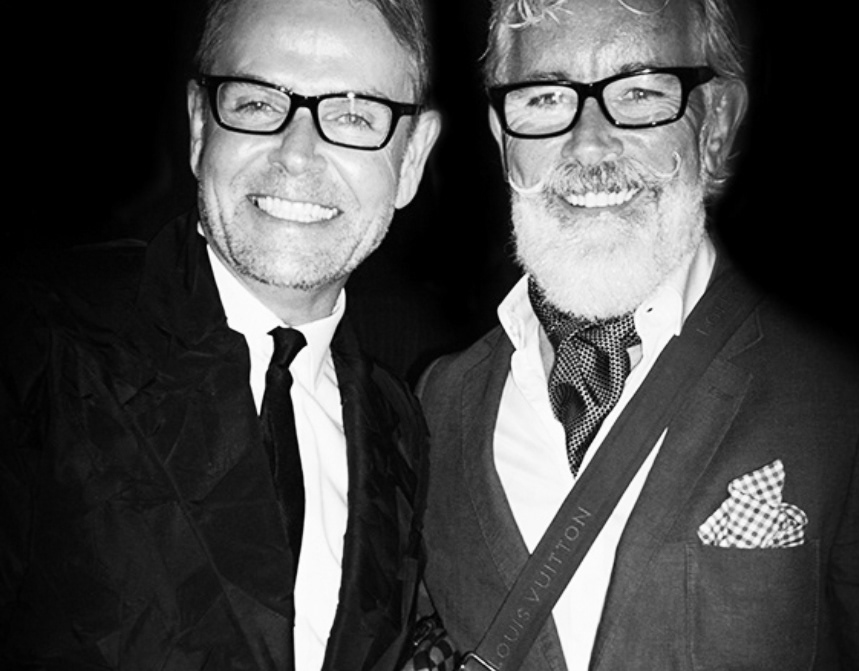In the realm of fashion photography, different styles serve distinct purposes, each contributing to a brand's visual identity and success.
Editorial, campaign, and lookbook photography are three pillars that fashion brands leverage to communicate their message, showcase their designs, and connect with their audience.
Let's delve into the nuances of each style, its advantages, and how to harness it for a brand's success.
Editorial Fashion Photography: Crafting Narratives
Editorial fashion photography is an art form that transcends traditional product promotion. It's about storytelling, mood, and artistic expression.
Editorial shoots are narrative-driven, aiming to evoke emotions and provoke thought.
They often appear in fashion magazines or online platforms as a series of images that collectively tell a story.
The focus is on the concept, styling, and overall aesthetic, making it a playground for creativity.
Advantages and Brand Leverage:
Creativity Showcase:
Editorial photography allows brands to explore unconventional concepts, artistic interpretations, and innovative styling. It's an avenue to establish a unique visual identity that resonates with a creative audience.
Emotion and Engagement:
By weaving a narrative, brands can connect emotionally with their audience. A compelling story can leave a lasting impact and forge a deeper connection.
Artistic Collaboration:
Editorial shoots often involve collaborations with talented photographers, stylists, makeup artists, and models. This synergy can lead to unique and memorable visuals.
Campaign Photography: Communicating Brand Identity
Campaign photography is strategic and purposeful.
It's designed to showcase a brand's identity, values, and collections in a concise and impactful way.
Campaign images are used across various marketing channels, such as billboards, social media, and advertisements, to communicate a brand's core message.
Advantages and Brand Leverage:
Focused Messaging:
Campaign photography distills a brand's message into a cohesive visual narrative. It's a powerful tool to communicate a brand's ethos, making it ideal for brand awareness and recognition.
Consistency:
Campaigns use consistent imagery across multiple platforms to reinforce brand identity. This helps in creating a recognizable and memorable presence.
Targeted Audience:
Campaigns can be tailored to resonate with specific target audiences. Whether it's luxury, streetwear, or eco-consciousness, campaign photography speaks directly to the desired demographic.
Lookbook Photography: Showcasing Collections
Lookbook photography serves as a comprehensive showcase of a brand's collection.
It presents individual pieces in detail, allowing customers to visualize how items can be styled and combined.
Lookbooks often include outfit ideas and close-ups of fabrics, patterns, and accessories.
Advantages and Brand Leverage:
Consumer Guidance:
Lookbooks help customers make purchasing decisions by offering outfit inspiration and showcasing versatility.
This can lead to increased sales and customer satisfaction.
Product Focus:
Lookbooks spotlight individual products, highlighting their unique features and details.
This can be instrumental in driving interest and demand for specific items.
E-commerce Enhancement:
Online shoppers rely on lookbook images to visualize products before purchasing.
High-quality look-book photography can enhance the online shopping experience.
Leveraging Success Across Styles:
Consistent Visual Language:
While each style serves a different purpose, maintaining a consistent visual language across all photography styles reinforces brand identity and recognition.
Storytelling Synergy:
Editorial narratives can be seamlessly integrated into campaigns and lookbooks, enhancing the consumer storytelling experience.
Multi-Platform Utilization:
Campaign images can be repurposed for social media, while lookbook images can be integrated into e-commerce platforms, creating a holistic brand experience.
In the dynamic world of fashion photography, editorial, campaign, and look-book styles complement each other to create a multifaceted brand narrative.
By strategically leveraging each style's strengths, fashion brands can engage, inspire, and resonate with their target audience, ultimately driving brand success and growth.
